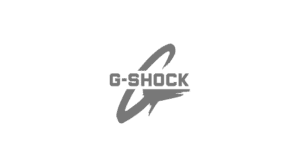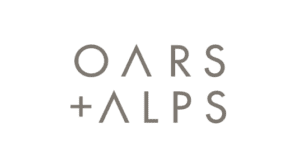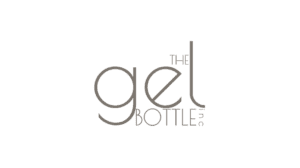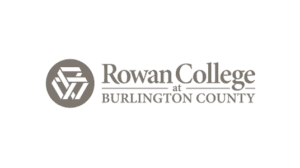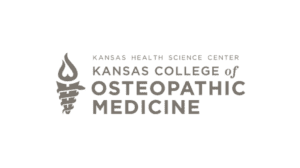If you are a higher education marketing professional looking to attract new prospective students, you had better be using social media. 58% of student applicants say they vet the schools they are applying to using social media, and experts project that figure will only continue to grow.
According to Hootsuite, over 98% of higher education institutions use social media to reach students across campus. And while these are enrolled students, this figure sheds light on how essential social media is to the modern student experience. Students start engaging with social media well before they even start applying.
Students are actually well-versed with social media across multiple channels, with research pointing to preferences for TikTok, Instagram, and Snapchat. Although, Twitter, Facebook, and even LinkedIn remain strong contenders for engagement as well.
91% of students think every college should have a social media presence.
EAB
Because you are dealing with such a savvy audience, you absolutely have to master social media best practices if you want to be successful in reaching them. Consider the following four social media tips as you build out your approach.
4 Useful Tips For Higher Education Social Media
1. Define your tone and voice
You likely have more flexibility than you think with this, even within the brand guidelines that your institution requires. Think carefully about who you want to engage. Consider how you want to relate to them, and how you want them to relate to you.
The messaging you use as a result of this tone and voice will define your interactions. It affects not only how you engage with your audience in social media but also determines whether you will build relationships that last.
In order to be successful, you have to put your audience’s needs first:
- What makes your audience feel connected, proud, nostalgic, or emotional?
- What does your audience need in order to feel supported?
- What questions does your audience need answered, and how can you simplify things for your audience, so they are met with the information they need right as they need it?
Once defined, consistency in voice and tone is key. Clearly determine the rules and parameters for students and staff to abide by as they post and engage.

2. Follow content best practices
Your audience is always the target; they are who you are talking to and trying to reach. Keeping your audience’s needs first is vital to successfully building a following and maintaining engagement.
A good practical starting point for pinpointing your audiences is to build out an audience map, where you identify the various personas across all of your channels. From here, you can make sure that all the content you deploy across social media platforms is optimized to resonate with the audiences that “live” there.
Next, build out a content inventory that you can dip into to save yourself time and ensure a steady flow of consistent posts. For example, if there’s an annual big game and alumni event, you can reuse past content and just change the wording a little to make it fresh. There is no need to reinvent the wheel constantly.

Monitor your content’s performance so that you make sure it delivers the results you expect of it. Set measurable goals and constantly measure them. If you are reaching them, you can find satisfaction in knowing that your content is meeting its goals and keep building on that success. If you need to adjust your strategy, this data will help you pinpoint where change is most needed.
3. Engage with your audience – constantly
We’ve addressed the need for consistent delivery of content, but that’s only half of the engagement battle. You have to consistently engage with prospective and current students as well as alumni. Aside from posting, respond directly to and encourage discussion across the social media channels, especially through Twitter and Instagram.
Leverage live videos, reels, stories, and audience members directly responding to your content. Add a human touch and showcase your institution’s brand identity.
Social media can help drive audience members to your site—hello, applications!—and even increase engagement during big school events, such as graduation or athletic games. You can also build interdepartmental communication and a more cohesive community by uniting different faculty and students under common interests.

4. Build a social media communication plan for various crisis situations
Being prepared for a time of crisis is a powerful way for your social media channels to serve your audiences. It can be a powerful opportunity to cement engagement and build a meaningful connection with your audiences, who will trust you more and therefore keep returning.
Consider the protocols your college or university has in place when disaster strikes, whether it’s national or local. How would you notify your employees, staff, and students on campus of any issues or associated protocols? How could you leverage the distinctive features of each social media channel they are on to reach them most effectively?
With social media you can give timely updates on how to navigate through such crises. But don’t wait for disaster to strike; build out your content library and plan ahead of time, so that you are ready in case they are (unfortunately) needed.
Contact us for more higher education social media tactics!
Social media is more important than ever in higher education marketing. The core principles of being aware of your target audiences, being attentive to their needs, and being consistent with delivering content and engagement remain the same as with any other marketing strategy. Following these best practices lays a solid foundation for the rest of your marketing efforts.
Ready to take your social media strategy to the next level? Contact us for a free consultation.









